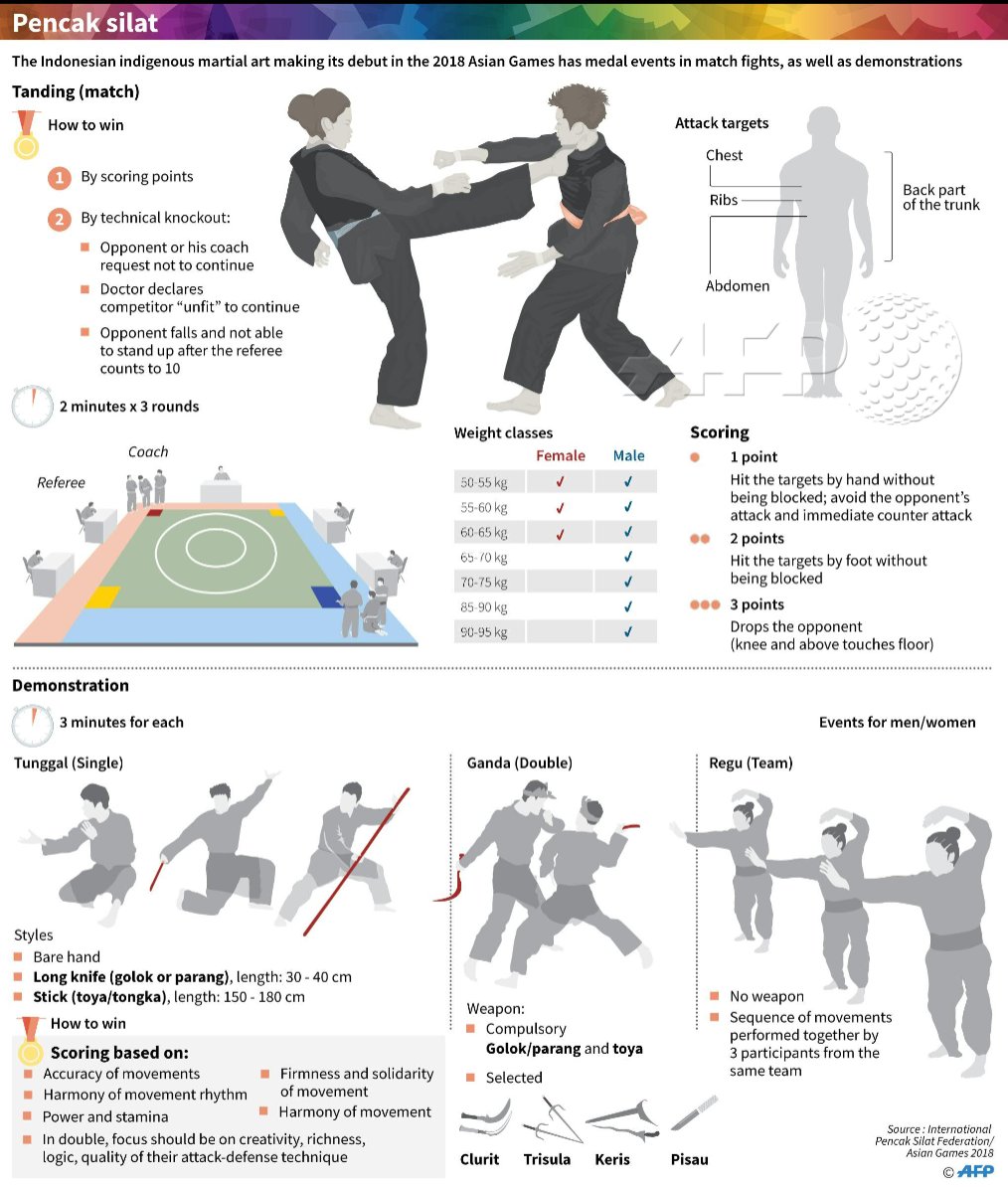The History And Advancement Of Martial Arts: From Ancient Beginnings To Modern Techniques
The History And Advancement Of Martial Arts: From Ancient Beginnings To Modern Techniques
Blog Article
Web Content Writer-Busk Clements
Step into the globe of martial arts, where ancient origins and contemporary techniques collide in a thrilling trip of self-control and self-discovery.
As you look into the history and advancement of this captivating art kind, prepare to be captivated by the cultural influences, technological innovations, and profound philosophy that have actually formed it over centuries.
From the battlegrounds of ancient human beings to the training grounds these days, martial arts have stood the test of time, constantly adapting and expanding.
Each strike, each activity, lugs with it the weight of many years of custom and wisdom, passed down via generations. This is a tale of resilience, of warriors that looked for not only physical expertise, but likewise inner strength and consistency.
Join us on this amazing expedition as we discover the keys, the tales, and the transformational power of martial arts.
Get ready to be inspired, challenged, and forever transformed by the history and advancement of martial arts.
Social Impacts on Martial Arts
As you discover the background and development of martial arts, you'll swiftly uncover the fascinating ways in which cultural influences have actually formed these fight strategies.
From the ancient human beings of China and India to the much more current advancements in Japan and Brazil, martial arts have actually been heavily affected by the cultures in which they originated.
For example, Chinese martial arts, such as Martial Art and Tai Chi, are deeply rooted in the philosophy of Taoism and the principle of Yin and Yang.
On the other hand, Japanese martial arts, like Martial arts and Judo, reflect the samurai warrior customs and the worths of self-control and honor.
Likewise, Brazilian martial art, Capoeira, incorporates aspects of African dance and songs, mirroring the cultural heritage of African slaves in Brazil.
These social affects not just offer each fighting style its special attributes however additionally provide a much deeper understanding of the historic and social contexts in which they progressed.
Technological Improvements and Martial Arts
With the rise of advanced weaponry and innovative training devices, you have actually been able to enhance your skills and adapt to the ever-changing battle landscape.
Technical innovations have actually changed the means martial arts are exercised and shown. Virtual reality simulations currently permit you to train in realistic battle scenarios without the threat of physical damage. High-speed electronic cameras capture every move, enabling you to analyze and excellent your methods. Wearable tools monitor your heart rate, breathing, and muscle activation, giving instant feedback on your efficiency.
In https://www.mynews13.com/fl/orlando/politics/2022/08/22/three-attorneys-hoping-to-become-next-state-attorney-general- , the development of specific devices, such as resistance bands and agility ladders, has actually enabled you to enhance your rate, stamina, and dexterity. These technological advancements have not just made training extra effective however have likewise pressed the boundaries of what is possible in martial arts, allowing you to get to brand-new heights in your method.
The Ideology and Concepts of Martial Arts
The philosophy and principles of martial arts are deeply rooted in shaping your way of thinking and instilling self-control, emphasis, and regard in your practice.
1. Attitude: Martial Arts teaches you to develop a strong and resistant attitude. It allows you to overcome difficulties both on and off the floor covering, pressing your limitations and persevering despite hardship.
2. Technique: Martial Arts demands discipline and self-control. With regular training and adherence to stringent guidelines and methods, you find out to manage your impulses and create a strong work values.
3. Emphasis: Martial Arts requires extreme focus and concentration. By educating your mind to be existing in the moment, you enhance your ability to react swiftly and effectively during combat scenarios.
4. Respect: Martial Arts highlights regard for oneself, trainers, educating companions, and challengers. It shows you to value the abilities and experiences of others, fostering a sense of camaraderie and sportsmanship.
Conclusion
Congratulations on completing your trip with the fascinating globe of martial arts! Throughout this exploration, you have actually experienced the rich background and remarkable evolution of these battle practices.
From federal wire fraud defense attorneys to the contemporary methods we see today, martial arts have been formed by cultural influences.
The assimilation of technology has likewise played a significant duty in changing the method martial arts are taught and exercised in the present day.
However, it is very important to keep in mind that martial arts are greater than simply physical combat. They incorporate profound philosophies and guiding principles that surpass the plain act of battling.
Take a moment to reflect on this obsolete journey and value how the heritage of martial arts remains to thrive in today, going beyond time and limits.
